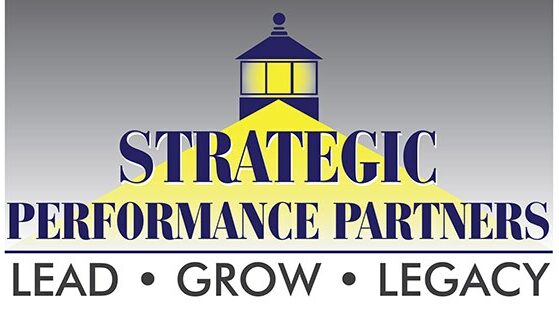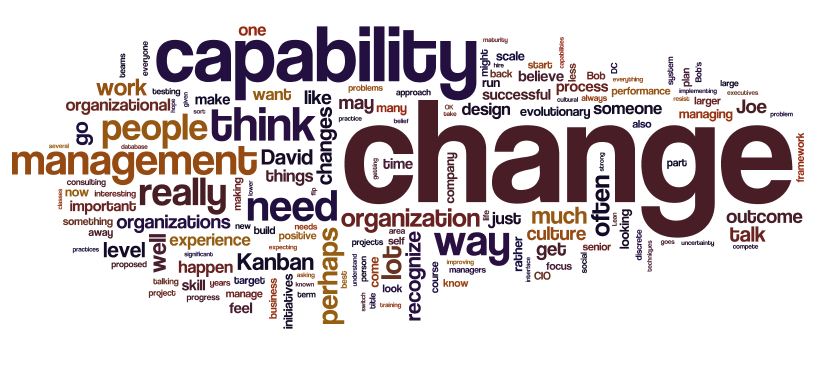Over the years I’ve interviewed many great leaders who have successfully built great organizations around them. It’s easy to assume there’s a big difference between a CEO of a large global organization and the small business entrepreneur who is growing a business from startup.
However, these leaders understand the importance of managing and leveraging change. They are constantly expanding their opportunities for growth.
To master change you must be being willing to release your own agenda to learn someone else’s. This means you must be curious enough to uncover someone else’s unique view of the world. Strong leaders today are very curious. They enjoy discovering new ideas.
This also means we have to become good at developing shared agendas. When I work with clients I’m always trying to identify where the client is at the time. You must know what they want to achieve and then help move them towards their potential future. I have several rules that help me work with leaders who are dealing with change.
The first rule in managing successful change is making sure that you understand what they want and don’t want. I believe successful leaders understand both positive and negative motivation and are willing to motivate people to help them make decisions. The key is to understand people and their motivations. I believe understanding an individual’s true motivation puts you in the top 5% of your field. When you know what inspires and motivates your people you become a trusted member of their team.
The second rule in managing successful change is understanding what you bring to the table. Today there is so much great information available for free anyone can become an expert at almost anything. However, having all the information is no guarantee of success. Successful leaders are very good at doing the things they’re best at. Strong leaders understand what they bring to their teams and then bring it.
The third rule in managing successful change is having strong change management skills. This might seem obvious, but leaders know they need to see things from the point of view of their stakeholders. The stakeholders may not always like the changes, but if you’ve built a relationship based on trust they will be more willing to accept your suggestions for change. As leader you must remain flexible in how you achieve your goals for change.
Even with strong change management skills most leaders struggle and fail to understand the perspective of their key stakeholders. It can be very hard to put yourself in the other person’s shoes when listening to their point of view. We must strive to understand the many different cultures that our people come from. Asking people to change without understanding where they are coming from is a formula for failure.
This leads to the fourth rule, know what you want to leave behind. The most valuable piece of wisdom I got from Peter Drucker was learning what not to do as leader. Peter suggested most leaders fail not because of what we do, but because we do things we shouldn’t do. Unless we let go of things we don’t do well, we never develop our real strengths as change leaders.
Finally, it is critical to understand that change can be hard work. We must be willing to invest time in making change happen. Most authentic change is not linear, but requires many small efforts to reinforce the behavior we are trying to change. We must share with our team to have realistic expectations when changing. If we appreciate our and others’ efforts, we enjoy our efforts to change.
See you later this week, when we share several lessons we learned from our fathers. I share a unique story of friend’s father that might remind you of the role your father played in helping you become the serving leader you are today. See you Thursday.

